US Postal Service to feature NASA’s James Webb Telescope on its new stamp
NASA's James Webb Space Telescope will be featured by the US Postal Service in its new stamp. Check details here.
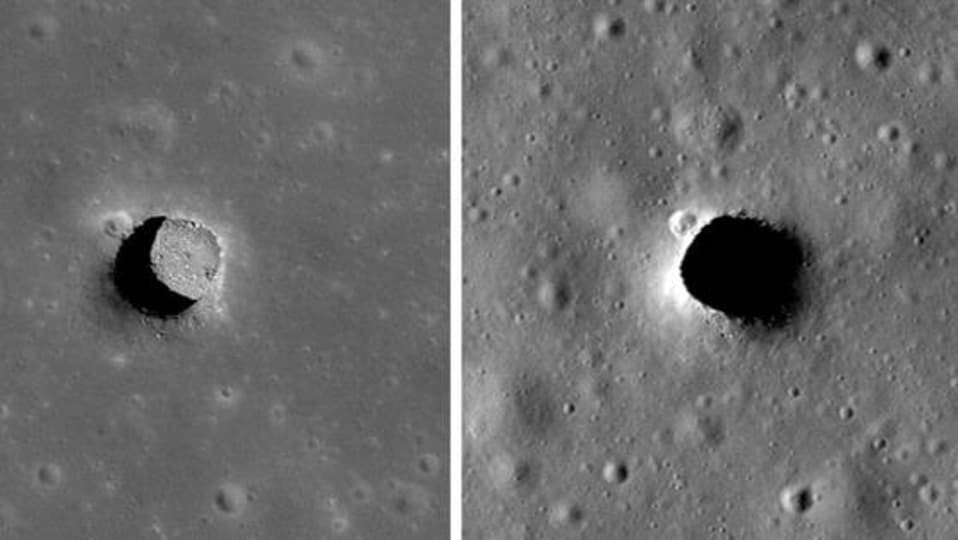
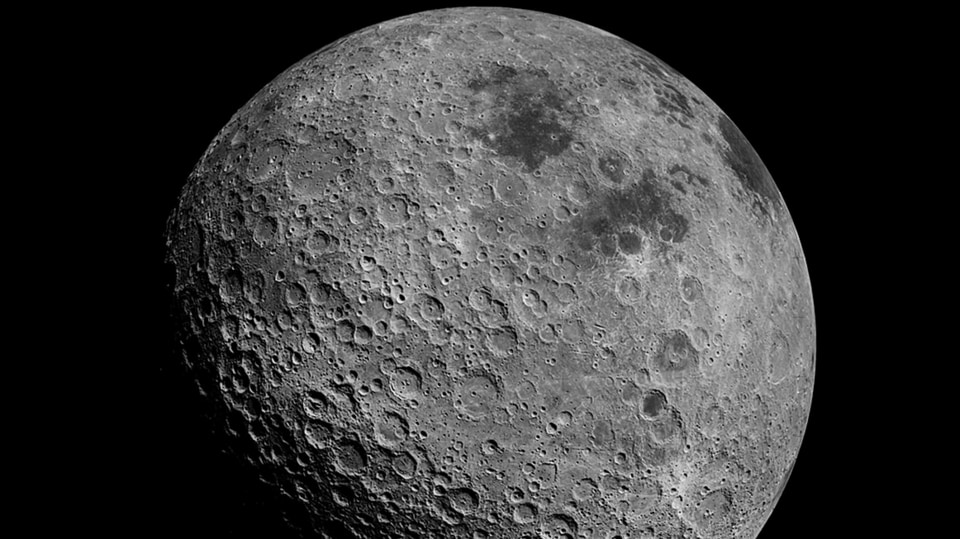
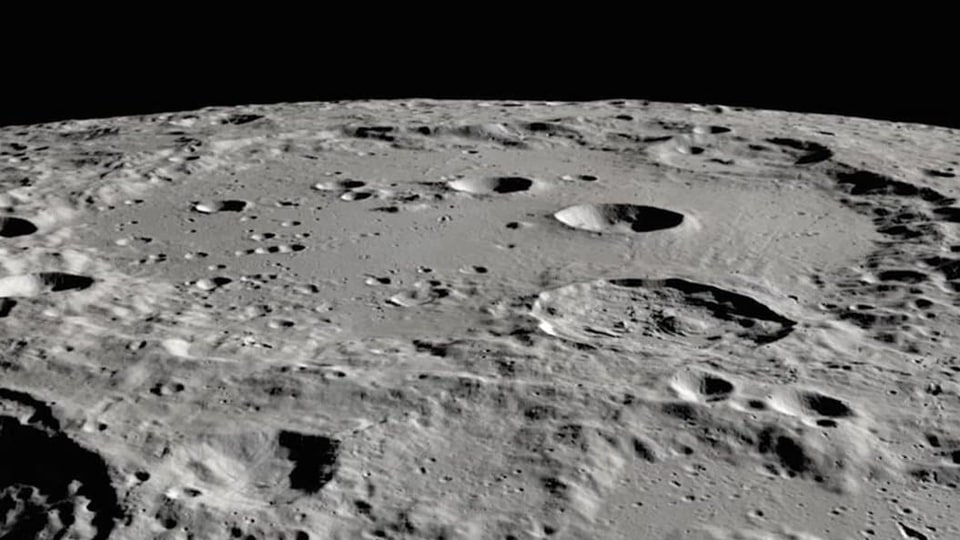
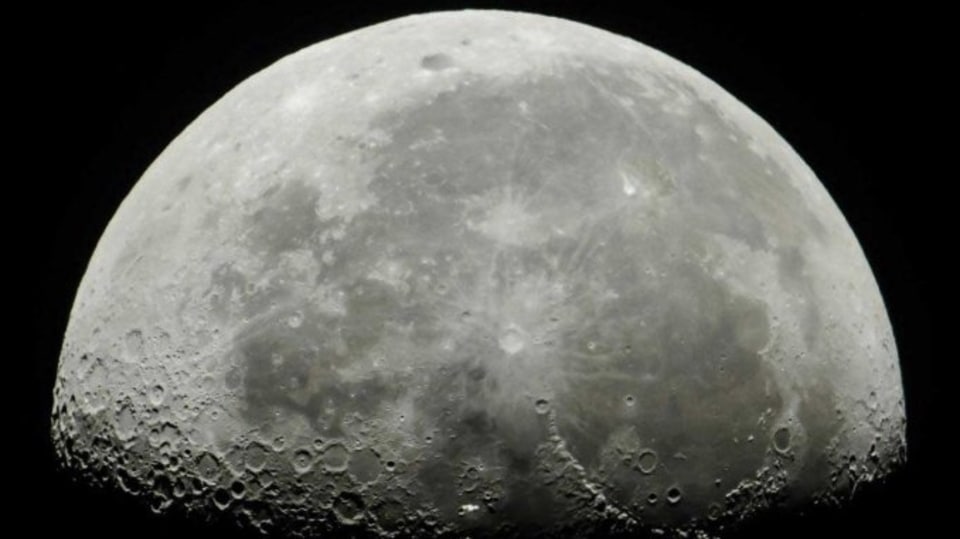
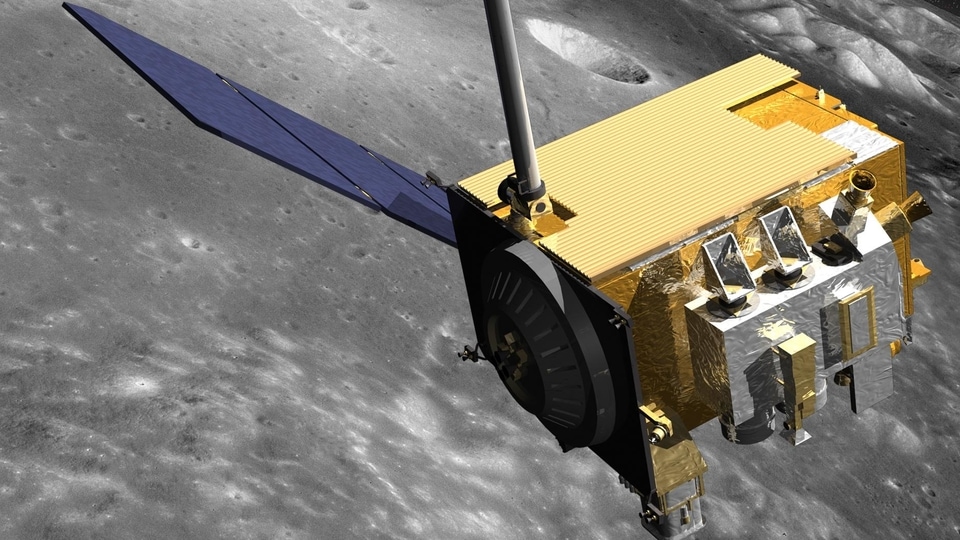


 View all Images
View all ImagesHave you noticed the stamp of the U.S. Postal Service? Well, now it features the World's most powerful space telescope- James Webb Space Telescope, NASA informed. "Post with the Most: New @USPS stamp features the world's most powerful space telescope. An illustration of @NASAWebb graces each stamp on a sheet, while the selvage features a sharp image of a star captured by the telescope during its alignment," the research organisation tweeted.
Post with the Most: New @USPS stamp features the world's most powerful space telescope. An illustration of @NASAWebb graces each stamp on a sheet, while the selvage features a sharp image of a star captured by the telescope during its alignment: https://t.co/y4l2vaqK2e pic.twitter.com/cw1zWYYYbW
— NASA (@NASA) September 8, 2022
“When anyone who uses these stamps looks at this telescope, I want them to see what I see: its incredible potential to reveal new and unexpected discoveries that help us understand the origins of the universe, and our place in it,” said NASA Associate Administrator Bob Cabana. “This telescope is the largest international space science program in U.S. history, and I can't wait to see the scientific breakthroughs it will enable in astronomy,” he added.
Webb, a mission led by NASA in partnership with ESA (European Space Agency) and CSA (Canadian Space Agency) was launched on December 25, 2021, from Europe's Spaceport in French Guiana. Over the following months, Webb traveled to its destination nearly one million miles (1.5 million kilometers) away from Earth, underwent weeks of complex deployments to unfold into its final configuration, and prepared its mirrors and science instruments to capture never-before-seen views of the universe.
NASA released Webb's first full-color images and spectra on July 12 – providing a first look at the observatory's powerful capabilities. The U.S. Postal Service stamp honors these achievements as Webb continues its mission to explore the unknown in our universe and study every phase in cosmic history.
According to NASA, the stamp features an artist's digital illustration of Webb against a background of stars. The selvage around each set of stamps showcases a sharp image of a star, captured while setting up the telescope in space to confirm precise alignment of Webb's 18 hexagonal mirror segments.
Did you know?
What is NIRcam and MIRI in the James Webb Space Telescope?
The Near Infrared Camera (NIRCam) is Webb's primary imager that will cover the infrared wavelength range 0.6 to 5 microns. NIRCam will detect light from: the earliest stars and galaxies in the process of formation, the population of stars in nearby galaxies, as well as young stars in the Milky Way and Kuiper Belt objects. While, the Mid-Infrared Instrument (MIRI) has both a camera and a spectrograph that sees light in the mid-infrared region of the electromagnetic spectrum, with wavelengths that are longer than our eyes see.
MIRI covers the wavelength range of 5 to 28 microns. Its sensitive detectors will allow it to see the redshifted light of distant galaxies, newly forming stars, and faintly visible comets as well as objects in the Kuiper Belt.
Catch all the Latest Tech News, Mobile News, Laptop News, Gaming news, Wearables News , How To News, also keep up with us on Whatsapp channel,Twitter, Facebook, Google News, and Instagram. For our latest videos, subscribe to our YouTube channel.





























